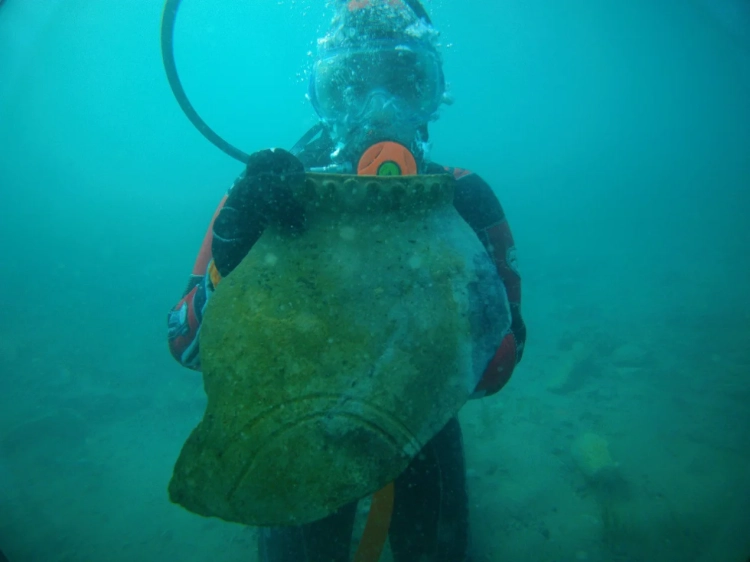From Ossuary Burials to Corpse Placement
For historical reconstructions, burial rites are especially important as they reflect the mass public practice and a special relationship to fire, which can be traced through a whole range of manifestations.
In Bactria, there are various types of burial rites. Long known are cemeteries consisting of single burials, where some of the buried had coins in their mouths, clearly following Hellenistic traditions (Tuphona). The movement of nomadic populations into Bactria is associated with burial mounds and cemeteries with burials in pits. Interestingly, such pits have also been found in the AIRTAM cemetery, apparently indicating the penetration of this custom into the sedentary environment of the nomadic population, which was rapidly assimilated culturally. However, judging by discoveries from the last decade, the main type of burial structures in the sedentary oases of Bactria were burial chambers. In these chambers, bones, already cleaned of muscle tissue, as well as some funeral offerings—ceramic vessels, jewelry, and coins—were placed. In Khorezm, this type of burial rite is particularly widespread. Here, ossuaries of various forms were used for cleaned bones, including statuette-type ossuaries with expressive depictions of human figures. Researchers also report the discovery in Khorezm of a special place where corpses were displayed before the bones were cleaned (Rappoport, 1971).
Ossuaries have also been found at several sites in Margiana. Notably, in the Bayramalin necropolis, as in Bactria, there are various rites from ossuary burials to corpse placement. However, the practice of placing cleaned bones in ossuaries, in vessels, or simply stacking them in separate piles predominates. These materials allow for two main conclusions. First, the ideological canons followed by burial rites were quite diverse, reflecting various cultural and, apparently, ethnic traditions. Second, the practice of placing pre-cleaned bones in special structures was clearly dominant.
Reconstruction of Ancient Ideological Systems of Ancient Central Asia











































